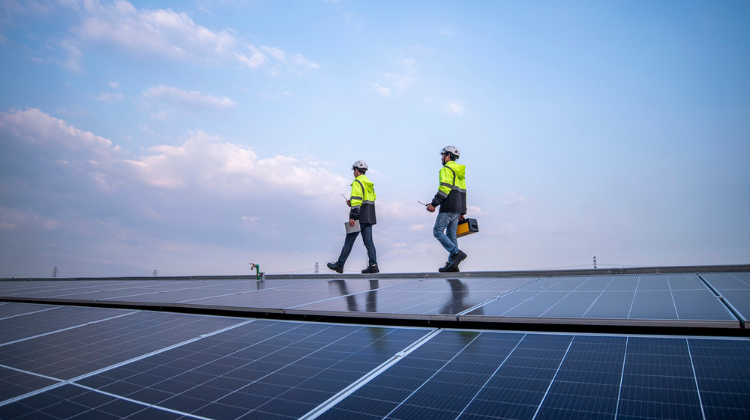Today, at the request of the Ministry for Ecological Transition and the Demographic Challenge (MITECO), the Council of Ministers approved specific measures aimed at increasing the resilience of the electricity grid.
These measures will be included as a second specific modification to the Electricity Transmission Network Development Plan 2021-2026, following the first amendment in 2024.
The plan comprises 65 actions designed to provide additional grid tools for voltage control, stability against oscillations, and overall reinforcement of the electricity system, both on the mainland and in the Canary and Balearic Islands.
These measures include, for the first time, synchronous compensators on the mainland, as well as additional units in the islands. These devices offer dynamic voltage control, strategically distributed geographically to reinforce various regions and complement existing system equipment and solutions.
Mainland, Canary Islands, and Balearics Eight compensators will be distributed across the mainland; two more in the Canary Islands—La Palma and Lanzarote—complementing those already planned for Gran Canaria and Tenerife; and one previously planned for Mallorca will be brought forward. These compensators also provide inertia to the system and allow increased grid capacity for new renewable generation, particularly in non-mainland systems.
The modification also includes a Flexible Alternating Current Transmission System (FACTS) in Catalonia, close to interconnections with the rest of Europe, to help dampen system oscillations, alongside the renovation and installation of new reactors for improved distributed voltage control. Some substations will be expanded, and additional switching relays will be installed.
Finally, new positions will be included to connect emergency generation systems in the Canary Islands, supplementing other joint initiatives by MITECO and the regional government to strengthen electricity supply in the archipelago.
Anticipating Technical Solutions and Consumer Savings This new modification to the current planning is exceptional under Royal Decree-Law 7/2025, dated 24 June. It is the first modification focused solely on reinforcing grid operations and control, unlike previous amendments addressing demands for new generation and consumption, issues set to be covered by the upcoming 2025-2030 plan.
The measures approved today have two primary objectives:
- Anticipating technical solutions for an increasingly renewable electricity system, aligned with the 81% renewable electricity generation target set by the Integrated National Energy and Climate Plan 2023-2030 (PNIEC).
- Reducing the need for Red Eléctrica to implement technical restrictions when managing the system, saving an estimated €200 million annually.
The approved measures decrease reliance on technical constraints mechanisms, which typically involve connecting generation plants operating at minimum technical capacity when their energy is not needed but their voltage control services are. Such operation displaces more competitive energy sources, leading to higher costs for consumers.
Thus, by providing direct voltage control capabilities from the grid, these measures will reduce dependence on these mechanisms, generating economic savings, facilitating renewable energy integration, and lowering fossil fuel consumption and greenhouse gas emissions.
Lower Environmental Impact
Generally, the proposed measures do not require new land occupation as they will mainly be installed within existing grid infrastructure. Consequently, to accelerate deployment, these measures will bypass the usual consultation process, reducing authorisation timelines by half for state-level approvals.
The current electricity planning already underwent a specific modification in April 2024, incorporating 73 actions involving €489 million, mainly addressing new demand and generation connection projects. This second exceptional modification, focused on grid resilience, entails an investment of €750 million, bringing the total investment for the planning horizon of 2026 to €8.203 billion.































